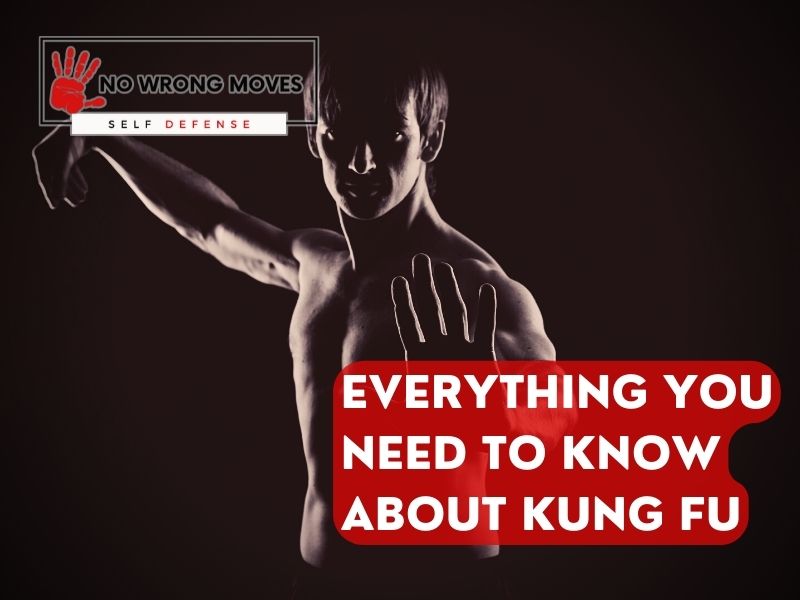
- What is This Martial Art? Everything You Need To Know About Kung Fu
- Where Does Kung Fu Come From? What’s The Story?
- Benefits of Kung Fu
- How to get started in Kung Fu
- What To Expect In Your First Kung Fu Class
- Different Kung Fu Ranks And Levels
- The Importance of A Good Kung Fu Instructor
- Kung Fu Movies And Figures
- The Wrap-Up
Are you curious about Kung Fu? If you are, then fantastic! Trust me when I say you're making the right call. If you're eager to learn more about it, then this post has got you covered.
First, we'll define what Kung Fu actually is and where it comes from. Then once we're done with that, we'll delve into the numerous advantages of practicing this art, ranging all the way from improved physical fitness to increased self-awareness.
We'll explore the ins and outs of this incredible martial art, including its origin and benefits, and provide practical tips on how to get started. We'll also discuss what to expect in your first class, the various levels and ranks, and why finding a good teacher or class is crucial.
And if you're ready to take the leap and try it out, we'll offer some guidance on how to find the right class and what to expect in your initial training.
So without any further ado, let's jump right into it!
What is This Martial Art? Everything You Need To Know About Kung Fu

Kung Fu is an ancient martial art form with a long and rich history. It's a system of training that includes physical exercises and techniques such as punches, kicks, and blocks, as well as mental and spiritual practices.
Although Kung Fu is often associated with Chinese culture, it is also practiced in myriad other countries around the world.
The origins of Kung Fu date back entire centuries, and the art form has been used for both self-defense and overall combat.
In recent years, Kung Fu has gained popularity as a form of exercise and fitness, on top of as a way to learn self-defense.
There are many different styles of Kung Fu, each with its own unique set of techniques and skills--which makes sense, given that Kung Fu is a collection of different Chinese martial arts.
Where Does Kung Fu Come From? What’s The Story?
Shaolin Kung Fu is a martial art based on how a particular set of animal move. The Five Animals styles are the Tiger, the Crane, the Leopard, the Snake, and The Dragon.
Other styles of kung fu include Hung Gar, which is based on the movements of a tiger and a crane; Wing Chun, which is based on the movements of a crane; and Jeet Kune Do, which is based on the movements of a leopard.
Kung fu is not limited to martial arts. Anything achieved with a lot of hard work could be considered Kung Fu. The term has become widely associated with Chinese martial arts mostly because it's a skill that takes years to master.
Shaolin Kung Fu
The Shaolin Temple, located in the Songshan Mountains of China’s Henan Province, is where kung fu originated.
The temple was founded in 495 AD, and it wasn’t until around 1000 AD that Bodhidharma (or Damo, as he’s known in China), a Buddhist monk from India, arrived at the temple to teach Zen Buddhism.
During his time at the temple, he noticed that the monks were weak and unable to sit for long periods during meditation.
He believed this weakness hindered their ability to attain enlightenment, so he created a set of exercises based on movements of animals to improve their physical strength and agility.
These exercises eventually evolved into what we now know as Shaolin Kung Fu.
Kung fu spread throughout China and the rest of the world thanks to famous practitioners like Bruce Lee and Jackie Chan, who popularized it through their movies.
Today, Shaolin Kung Fu continues to be practiced not just for self-defense or fitness, but also as a spiritual practice that promotes discipline and mindfulness.
One aspect of kung fu that sets it apart from other martial arts is its focus on mind-body connection. In addition to physical training, practitioners also learn meditation techniques and philosophical principles such as humility and respect.
This emphasis on the mental aspect of Kung Fu ultimately allows practitioners to not only become skilled fighters, but also balanced individuals with strong character.
Benefits of Kung Fu
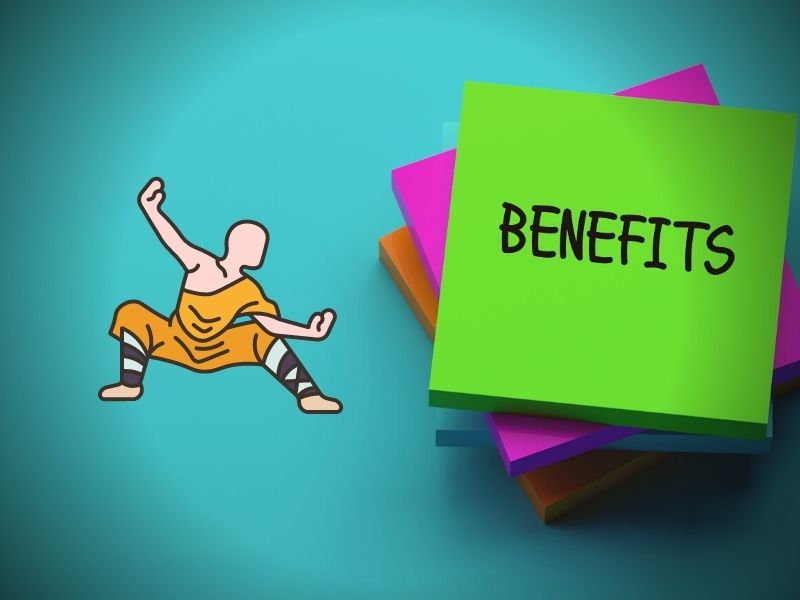
Kung Fu is a martial art that offers a variety of benefits, both physical and emotional. Practicing Kung Fu can help individuals improve their discipline, increase their strength and stamina, and enhance their physical conditioning.
These are only some of the standard benefits that many Kung Fu--and martial arts practitioners in general--enjoy.
But the emotional benefits of Kung Fu are equally important. Kung Fu can help individuals develop self-confidence and learn how to handle difficult situations with poise and control. It can also provide a sense of empowerment when it comes to protecting oneself and loved ones.
And finally, practicing Kung Fu can improve one's ability to handle stress and difficult emotions, making it an excellent practice for overall emotional well-being.
How to get started in Kung Fu
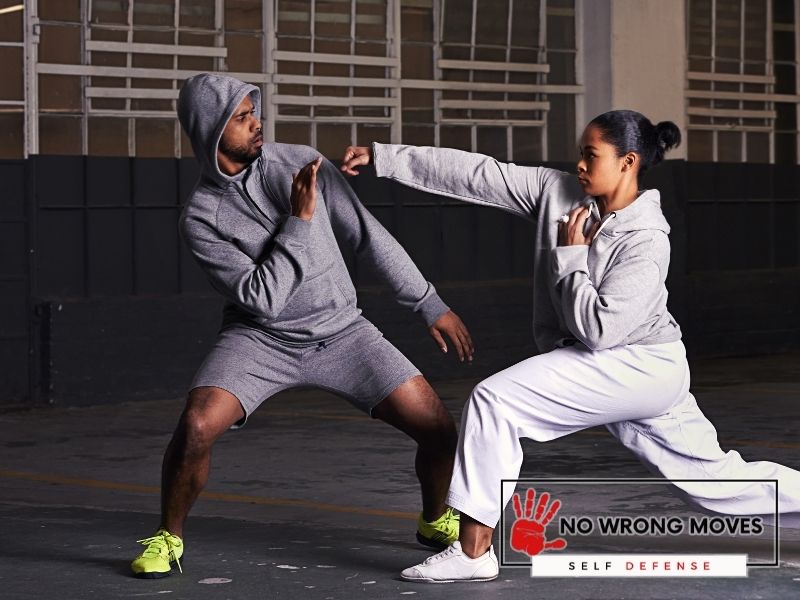
Getting started with a discipline like this isn't necessarily going to be easy, so we've mapped out a good way for you to get started with the martial art while minimizing the amount of unnecessary stress you'd have to endure.
- Research different Kung Fu schools, then find one that aligns with your goals and beliefs.
- Attend a trial class to see if the school and instructors are a good fit for you.
- Begin learning the basic techniques, principles, and forms of Kung Fu under the guidance of a qualified instructor.
- Practice consistently to improve your technique and understanding of Kung Fu principles.
- Challenge yourself continuously. Attending workshops and seminars, sparring with other practitioners, and seeking new opportunities for growth within the Kung Fu community.
- Watch and study Kung Fu masters to gain inspiration and new insights into the art.
- Approach everything you do in Kung Fu with humility and a willingness to learning.
You'll still face difficulties, of course. Even if you follow everything here, there is no one set path towards success. Everyone has their own unique challenges and will go through their own unique experiences.
What To Expect In Your First Kung Fu Class
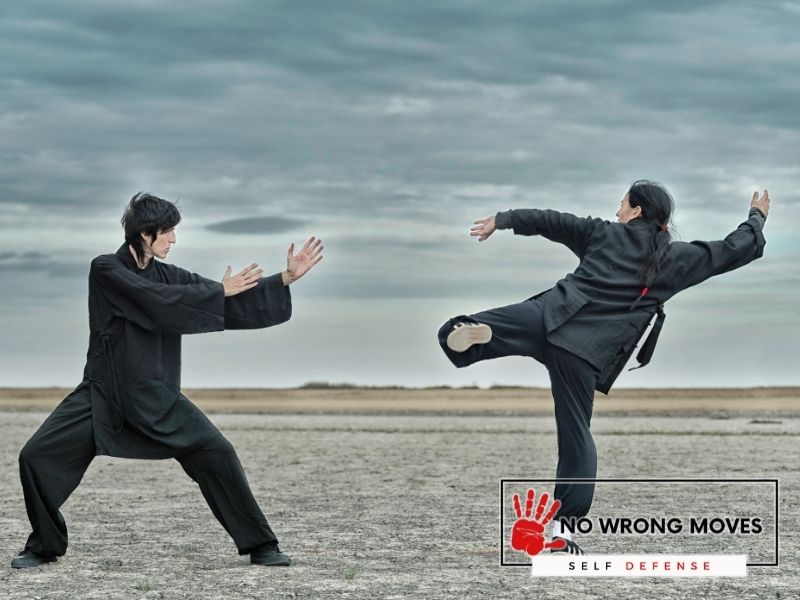
In your first Kung Fu class, you can expect to be welcomed into a supportive and encouraging environment.
Kung Fu is an exciting and dynamic martial art that will seriously challenge you physically and mentally, but it will also reward you for every ounce of effort you put into it.
Your first class will almost certainly start with a warm-up, done to get your body ready for the exercises and techniques that you'll be learning for the day. That'll include stretching, cardio, and strength training exercises.
You shouldn't underestimate these, trust me. You should expect to sweat loads and to feel pretty intense burning sensations in your muscles, as a result of heavy lactic acid build-up in your body. But don't worry, that's all part of the process!
After the warm-up, your instructor will introduce you to the basic techniques and movements of Kung Fu. That'll include things like punches, kicks, and blocks, and eventually, they'll involve practicing with a partner.
If this sounds intimidating to you, then don't worry too much! Your instructor will guide you through each step and provide feedback to help you improve.
Finally, your first class will end with a cool-down and stretching session, done both to help prevent injuries and aid you in your recovery. Your instructor may even take some time to answer any questions you have about Kung Fu, as well as what you should expect in future classes.
So in your first Kung Fu class, you should expect to be challenged, learn new skills, and be surrounded by supportive and like-minded individuals. Things'll be tough, absolutely, but it'll be a deeply enjoyable experience too--of that, I can almost guarantee you.
Different Kung Fu Ranks And Levels
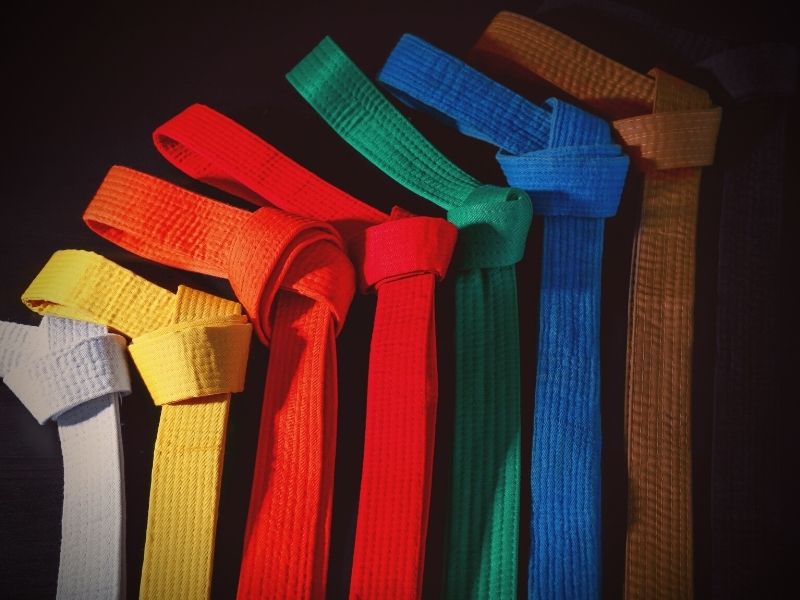
Much like with Aikido, the Kung Fu ranking system is also based on a series of colored belts that denote a practitioner's level of expertise.
Novice Belts
In the Kung Fu ranking system, the white belt is reserved for beginners and does not fall under the main belt categories. As a result, the novice belts consist of yellow, gold, and orange, and one must advance through them in that order.
You've seen how martial artists in Kung Fu movies execute almost dance-like moves, right? Well, novice forms are similar to those moves, so you might be well-prepared for a minor role in a martial arts film.
Intermediate Belts
Once you've got a handle on the basics of kung fu, it's time to move on to the intermediate level. Here, you'll learn more advanced moves and techniques like strikes, stances, self-defence combinations, and even more complex forms.
The intermediate level is indicated by the colors green, blue, and purple, and it usually takes around one to two years to progress through these ranks.
Advanced Belts
As you progress towards the end of the kung fu ranking system, you'll encounter two esteemed colours, brown and red, that signify advanced training and the last step before achieving the much-coveted black belt.
These belts embody an elevated understanding of kung fu, requiring mastery of advanced katas, weapons, philosophy, and a dedication to the art of kung fu beyond just combat proficiency. At this point, it is crucial not just to use the moves, but to truly comprehend the essence of Kung Fu.
Black Belt
The coveted black belt, the pinnacle of kung fu mastery, is the ultimate goal for most martial artists. It signifies that one has achieved the level of proficiency needed to impart their knowledge to others, making it the cornerstone of teaching.
It takes about four years of intensive training to earn this badge of honor.
The Importance of A Good Kung Fu Instructor
When you first start practicing Kung Fu, it is important to choose the right teacher. A good teacher will be able to help you progress quickly and avoid injury. They will also be able to pass on their knowledge and experience so that you can eventually become a skilled martial artist yourself.
While there are many different schools and methods of Kung Fu, not all of them are created equal. When choosing a teacher, make sure to do your research and pick someone who has a good reputation and can offer you the guidance and support you need to succeed.
With the right teacher by your side, you'll be well on your way to mastering this ancient art form.
Kung Fu Movies And Figures
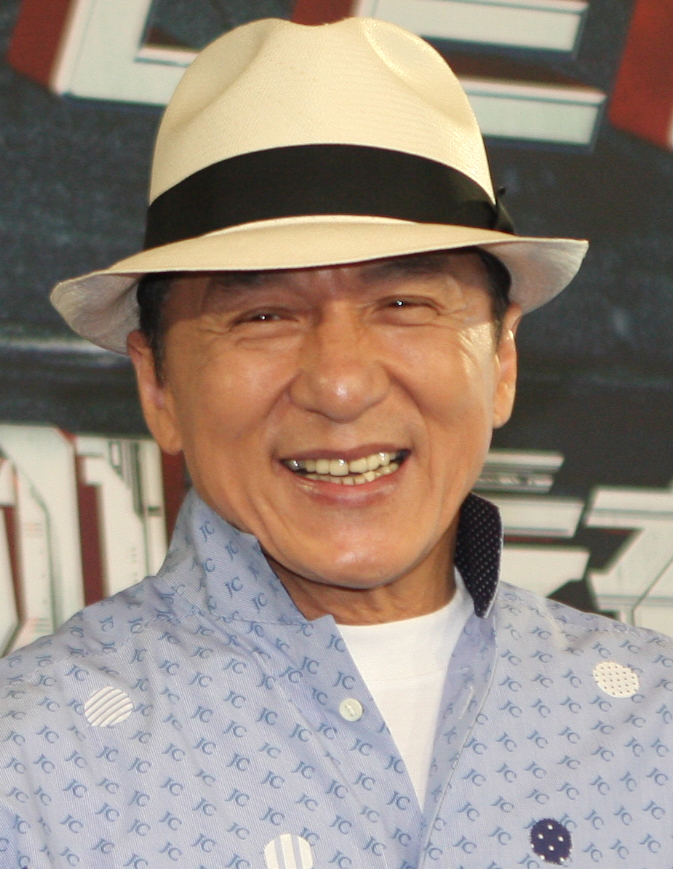
Some great movies with Kung Fu are:
- The Karate Kid
- The Kung Fu Panda
- Enter the Dragon
- Crouching Tiger, Hidden Dragon
- Kill Bill
These movies showcase different aspects of the martial art, from coming of age stories to epic battles and revenge plots.
And, just in case you wanted to do some more research, here are some notable figures who practice or have practiced Kung Fu.
- Jackie Chan
- Jet Li
- Donnie Yen
- Bruce Lee
- Ip Man
The Wrap-Up

So! That's about all we've got for Kung Fu. As you've just read, this incredible martial art has tons to offer you.
It's got a rich history waiting for you to discover it and diverse techniques waiting for you to learn them. That's all on top of its excellent psychological benefits, excellent sense of community, opportunity to acquire self-defense skills, and offer for overall improved physical fitness.
So if you're interested in exploring this ancient martial art, I'd highly encourage you to take the first step today. Start your journey towards becoming a Kung Fu practitioner!
You'll need tons of dedication and practice, definitely, but you might find that this amazing martial art can help you achieve more than you ever thought possible.
[author-box-jpx-fitness]
